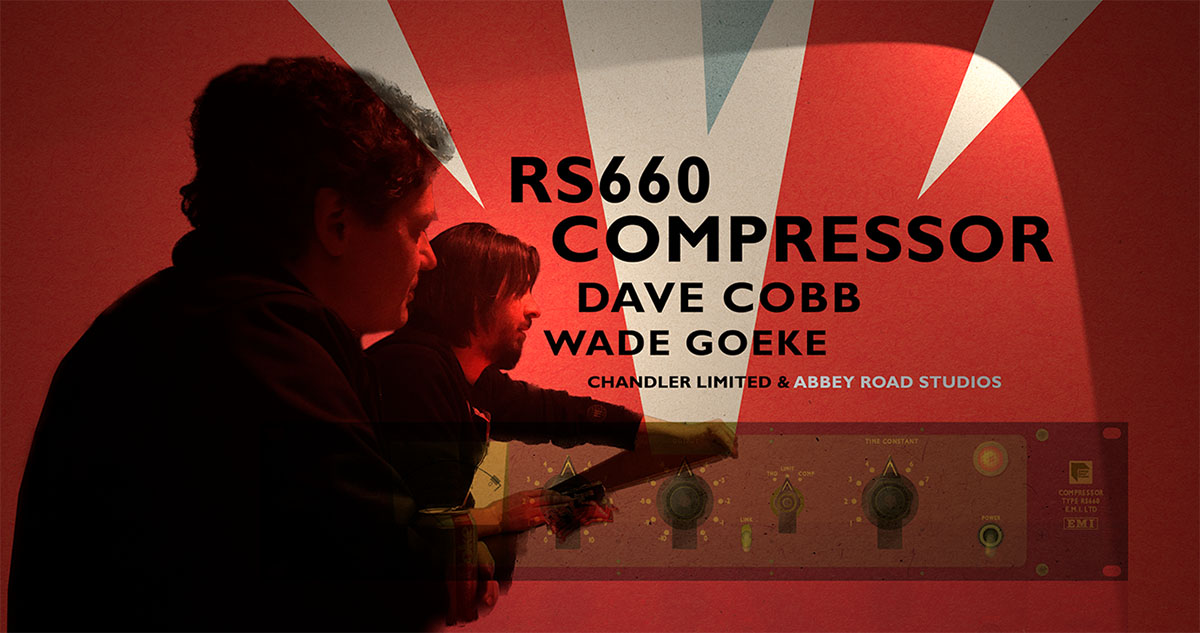Chandler Limited EMI TG12413 Plug-In
by: Russ Long
Pro Audio Review – 11.15.2006
One of the highlights of the 2005 AES show in New York City was the Chandler Limited EMI TG12413 plug-in. The plug-in was jointly developed by Chandler Limited and Abbey Road Studios and is based on the original solid state compressor/limiter module in the famous TG12345 mix desk whose long list of credits include the Beatles’ Let it Be and Pink Floyd’s Dark Side of the Moon albums.
In 2004 Chandler Limited’s hardware reproduction TG unit was sanctioned by Abbey Road Studios and they announced a collaboration to make additional pieces of authentic gear available through the use of EMI’s original design and circuit board drawings.
Following the hardware version is the Chandler Limited/Abbey Road jointly developed TG12413 plug-in. The plug-in supports sample rates up to 192 kHz and is compatible with mono, stereo and multi-channel tracks up to 7.1. The TG12413 package includes the TG12413 1969 version that emulates the classic module including the standard Hold control and the TG12413 2005 version which emulates the Chandler Limited TG1 Abbey Road Special Edition limiter. The TG12413 2005 has the Hold control modified to be Input gain and an overall 10 dB input boost for more aggressive compressing. This plug-in is available in TDM, VST, AU, RTAS, and Audio Suite versions for Pro Tools HD, LE and M-Powered systems.
The TG12413’s gain meter shows the gain reduction being applied by the current compressor or limiter settings. The meter indicators ranging from +10 (which is actually no compression) to -10 (which is 20 dB of compression) are identical to the vintage TG unit.
The input setting functions as an input gain/threshold. The more this is turned up the more the signal is compressed. The output control is a 21-position switch set in 1 dB increments. This provides ±10dB of output adjustment for level matching as well as accurate, recallable gain make-up. The recovery switch is marked 1 – 6 because the release times change when switching between compress and limit. Setting 1 is the fast and Setting 6 is the slowest. This is the primary control for varying the sound of the plug-in. The Comp/Limit switches between the compressor and limiter function. The compressor has a fixed 2:1 ratio and the limiter provides up to 20 dB of limiting.
I have to say, this is one fantastic plug-in. I’ve been using it for several months now and I decided before I wrote this review I’d go back over some of my recent mixes and see how frequently it was put to use. I was amazed to find that on average, I’ve been using the TG12413 plug-in on 10 – 12 tracks (and sometimes up to 20) per mix. This is roughly the same as all other dynamic plug-ins combined.
The TG12413 works wonders on ambient drum mics. It’s the only plug-in that I’ve encountered that can actually do that super squashed room sound, like I’m used to getting from a Fairchild 660 or 670, an Empirical Labs Distressor, a Pendulum 6386 or an old RCA BA-6A and sound completely legit. Digi’s Slam plug-in comes close but the TG12413 actually pulls it off. I’ve been mixing my drums through a stereo aux with the TG12413 2005 inserted in the path with fabulous results. The drums sound more punchy and fat and sound bigger without overpowering the mix. Like the original EMI TG12413, the plug-in has a very classic pumping/breathing sound. You can hear it working but it sounds good.
Although the plug-in typically works well on keyboards there have been a few instances (most often with string pads) where even with small amounts of compression, the pumping was too obvious and it just didn’t work.
The plug-in sounds absolutely fabulous on both male and female vocals. It’s my go-to lead vocal compressor on practically every song. It sounds equally good on electric and acoustic guitars. It occasionally has too much color for acoustic instruments but if your goal is that squashed, in-your-face Beatles quality sound, then nothing can touch the TG12413.
—Russ Long






